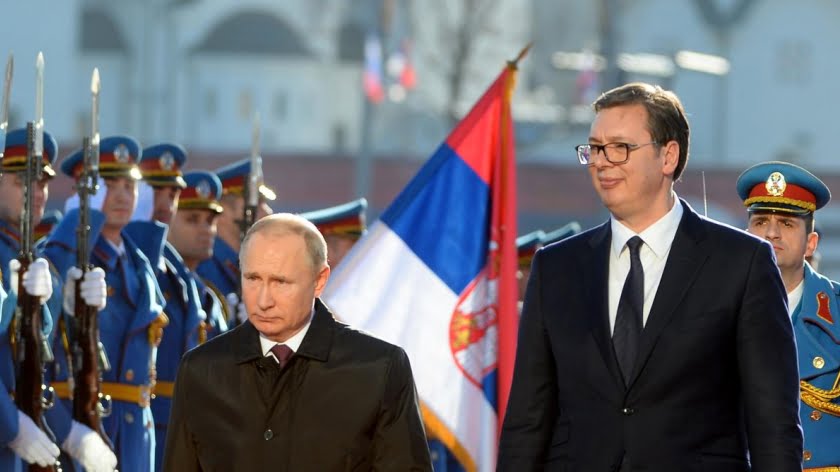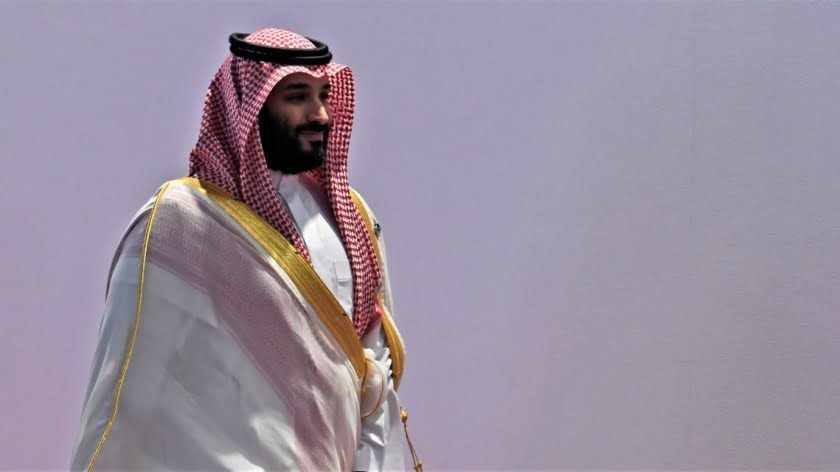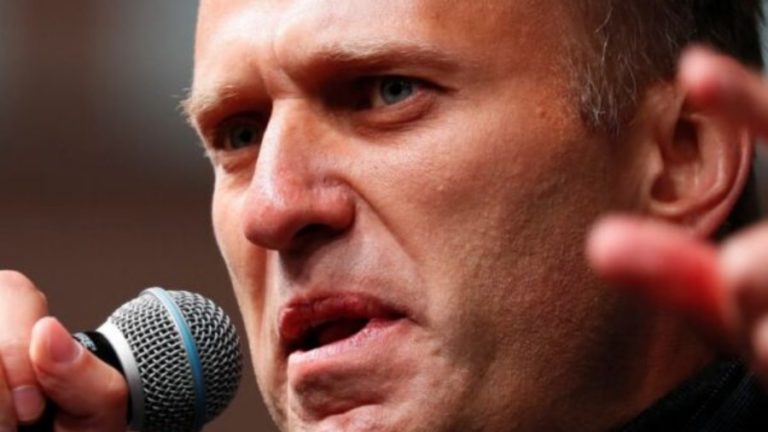Finland in NATO
On May 12, the Prime Minister and the President of Finland officially announced that they had decided to apply for NATO membership. Presumably, no referendum on this issue will be held, everything will be decided in a voluntary way through the current authorities.
One should ask the question – was Finland really a neutral country? Although the Paris Peace Treaty of 1947 and the Treaty of Friendship with Russia continue to operate, Helsinki has been a member of the Western military-political community for many years. The fact that this membership is not legally formalised does not give reason to say that Finland did not have Russophobic plans or did not meet NATO partners halfway.
Finland is one of NATO’s enhanced capabilities partners and has been actively involved in the NATO planning and analysis process since 1995. Moreover, Finland has participated in several NATO crisis management operations and has been regularly invited to NATO meetings, especially since the end of February 2022. Finland currently has a total of 300 crisis management and peacekeeping troops deployed in Lebanon, Kosovo, Iraq, Mali, Somalia, the Mediterranean and the Middle East.
In February 2022, Finland took part in the NATO Cold Response exercise in Norway with the participation of 680 military personnel, 470 of whom were conscripts. [i]
With regard to the European Union, Finland has been one of the most active member states in developing a Common Security and Defence Policy in recent years and has emphasised the responsibilities of the EU as a security community, reminding other member states that they have agreed on mutual defence (European Union Treaty, article 42.7).
Since 2014, Finland has been participating in the NATO initiative “Interoperability Platform” (along with Sweden, Ukraine, Jordan, Australia and Georgia). [ii] This initiative is aimed at developing common standards, doctrines, procedures and equipment applications. Obviously, it is not NATO that adapts to the standards of Georgia or Jordan, but on the contrary, the invited members adopt the experience of NATO and introduce the necessary standards. That is, in fact, Finland has been reorganising itself and adapting to NATO for eight years.
A Center of Excellence for Countering Hybrid Threats was deployed in Helsinki in 2017. [iii] Its founders are, among others, the EU and NATO.
The active flirtation of the country’s leadership with NATO began in 2018. Back then the President of Finland, who was previously re-elected to the post of head of state, speaking at the site of the American neoconservative Brookings Institution in September, said:
“A strong Europe means a stronger NATO. And a stronger Europe is a more useful partner for the United States <…> Finland takes its defence very seriously. Since the end of the cold war, we have never relaxed our guard. The desire of our citizens to defend their country is the strongest in Europe.
Maintaining a strong national defence sends two powerful messages. This is the threshold against potential aggressors. And this makes us a more interesting partner. This is expressed in our close bilateral cooperation with many NATO countries, including the United States… Russia is doing this aggressively, playing with its military muscles, and also using them, as we have seen in Ukraine and Syria.” [iv] His message was obvious.
The following month, the Finnish Air Force participated in international exercises that took place under the auspices of the United States in Alaska and Nevada. This was the first such event for the Finnish side. [v]
In general, together with NATO, Finland regularly conducts military exercises, including on its territory. The last multinational naval exercises were held off the coast of Turku. [vi]
From May 2 to May 13, the Arrow tank exercises were held in Finland, which military personnel from Britain, Latvia, Estonia and the USA also took part in. [vii]
It is significant that on April 13, 2022, the President of the Republic adopted a new law on the voluntary military service of women.
Earlier, an information campaign on the topic of recruiting reservists to the army was activated in Finland. “As a result of the situation in Ukraine, the armed forces are now receiving many requests from citizens – for example, instructions on whether to apply for service even at a slightly older age.
This is a great demonstration of the Finns’ motivation and their willingness to participate in the defence of the country, if necessary. The Armed Forces have about 900,000 trained soldiers in reserve. Reservists form the basis of Finland’s defence capability, since 97% of our armed forces are reservists,” said Colonel Jukka Nurmi from the General Staff, who is responsible for inspecting reservists.
At the same time, it was noted that “there is no immediate military threat to Finland. The defence forces will continue to systematically train reservists and conscripts in order to maintain and improve their performance in accordance with current and future needs.” [viii]
The question arises – if there is no military threat, then why should Finland join NATO?
Obviously, it is not the Finns who need this, but Brussels and Washington, who use every opportunity to stimulate Helsinki in this direction.
For example, a study carried out by the American Center for Strategic and International Studies suggests a rather strange justification for Finland’s accession to NATO. It says that the Finns are not interested in inviting foreign military contingents to their territory, so as not to provoke Russia.
But in order to somehow justify the Russian-Finnish conflict, the authors put forward a version about the occupation of the Aland Islands, which Helsinki will be forced to respond to. But Finland does not have the necessary class of combat aircraft or air defence systems to resist Russia. Therefore, if NATO wants to come to the rescue, it will take a long time because of geographical features and distance. [ix]
If we look at this from a fiscal perspective, then according to American experts, a little more than one billion dollars will be needed for the minimum equipment of Finland, and $5.3 billion will be needed for a better strengthening. [x]
The current annual defence budget of Finland is set at €5.1 billion, which is 1.9% of GDP. Just two years earlier, the share of defence in GDP was 1.3%. [xi]
By the way, the growth of military spending began in 2018, when there was an active rapprochement with NATO.
In the same year, such a rapid increase is due to the purchase of new F-35 fighters from the United States (which are not very high-quality and Washington is trying to unload a lemon on as many states as it can). However, due to the crisis in Ukraine, the Finnish military will receive additional funding in the amount of €700 million in 2022 and €788 million in 2023, as a result of which their budget will increase to 2.2% of GDP. The Finnish liberal publication Yle writes that this is justified by the events in Ukraine. [xii]
What can Finland give NATO militarily?
The number of active military personnel in the Finnish Defence Forces is small: about 19,000 people plus a paramilitary border guard of about 3,000 people, which after mobilisation can be fully or partially incorporated into the defence forces.
However, due to the conscription system, there is a large reserve. The number of fully mobilised field army is 280,000 people, and several hundred thousand more reservists are available to make up for losses. [xiii]
If we look at this from a fiscal perspective, then according to American experts, a little more than $1 billion will be needed for the minimum equipment of Finland, and $5.3 billion will be needed for a better strengthening. [x]
The current annual defence budget of Finland is set at €5.1 billion, which is 1.9% of GDP. Just two years earlier, the share of defence in GDP was 1.3%. [xi]
By the way, the growth of military spending began in 2018, when there was an active rapprochement with NATO.
In the same year, such a rapid increase is due to the purchase of new F-35 fighters from the United States (which are not very high-quality and Washington is trying to push the stale goods to everyone who is possible). However, due to the crisis in Ukraine, the Finnish military will receive additional funding in the amount of 700 million euros in 2022 and 788 million euros in 2023, as a result of which their budget will increase to 2.2% of GDP. The Finnish liberal publication Yle writes that this is justified by the events in Ukraine. [xii]
What can Finland give NATO militarily?
The number of active military personnel in the Finnish Defence Forces is small: about 19,000 people plus a paramilitary border guard of about 3,000 people, which after mobilisation can be fully or partially incorporated into the defence forces. However, due to the conscription system, there is a large reserve. The number of fully mobilised field army is 280,000 people, and several hundred thousand more reservists are available to make up for losses. [xiii]
Finnish units can be roughly divided into three main categories: the most trained and equipped operational units, regional forces and local units (some of which often train and maintain high combat readiness).
The Air Force and Navy use high-tech equipment, such as compatible air-to-land missiles, Gabriel anti-ship missiles and RIM-162 Sea Sparrow missiles, and are operationally highly combat ready. However, all Air Force and Navy personnel (and, in the case of the Navy, most of the ship’s replacement personnel) are conscripts or reservists.
Finland’s defence industry is highly specialised, so the country buys a large amount of machinery and equipment abroad. For this reason, it actively cooperates in the field of procurement with other partners from Northern Europe and the EU. Approximately 40 to 60% of military equipment, ammunition and equipment is exported, including communication systems, vehicles, vessels and protective equipment.
Its own defence industry consists mainly of small and medium-sized private companies, whose total turnover in the defence, aerospace and security sectors amounted to €1.84 billion in 2020. With a few exceptions, such as Patria, the manufacturer of the armoured modular vehicle and the NEMO mortar system, there are no major industrial players.
Given the specialisation within NATO, it is likely that Finland will have a small segment based on the already existing production potential. One of the strongest sides of the Finnish army, if we talk about European standards, is artillery. Finland has approximately 1,500 artillery systems.
Regardless of how Finland’s military infrastructure and combat capability change after joining NATO, Russia will have to react to this. It has already been indicated that such an action will automatically change its status to an unfriendly state.
Obviously, this will not be enough, since such actions should be punished with a long-term strategic effect. A separate issue should be the probability of arms supplies from Finland to Ukraine (probably through Poland), because after joining NATO Helsinki will have less sovereignty and will have to make more concessions to both Washington and Brussels.
In addition, on May 24, a technical agreement was signed between the government of Finland and the NATO High Command, according to which Finland provides NATO countries with its territory to host military bases and logistics. So even without formally joining the Alliance, Helsinki is already fully participating in the expansion of NATO.
[I] https://maavoimat.fi/en/-/finland-to-participate-in-cold-response-2022-in-northern-norway-
[ii] https://www.nato.int/cps/en/natohq/topics_132726.htm
[iii] https://www.hybridcoe.fi/
[iv] https://www.brookings.edu/events/a-stronger-europe-our-common-interest/
[v] https://puolustusvoimat.fi/-/1951206/ilmavoimat-red-flag-harjoitukseen-alaskaan-lokakuussa
[vi] https://www.nato.int/cps/en/natohq/news_195001.htm
[vii] https://maavoimat.fi/en/-/army-mechanised-exercise-arrow-22-to-be-arranged-at-niinisalo
[ix] https://www.csis.org/analysis/future-nato-enlargement-force-requirements-and-budget-costs
[x] https://www.geopolitika.ru/article/vo-chto-mozhet-oboytis-rasshirenie-nato
[xi] https://www.defmin.fi/files/5209/TAE_2022_GDPshare_27.9.2021.pdf
[xii] https://yle.fi/news/3-12393378







